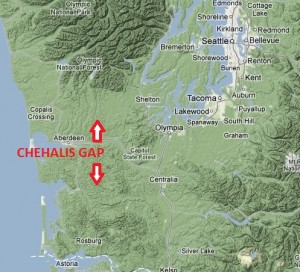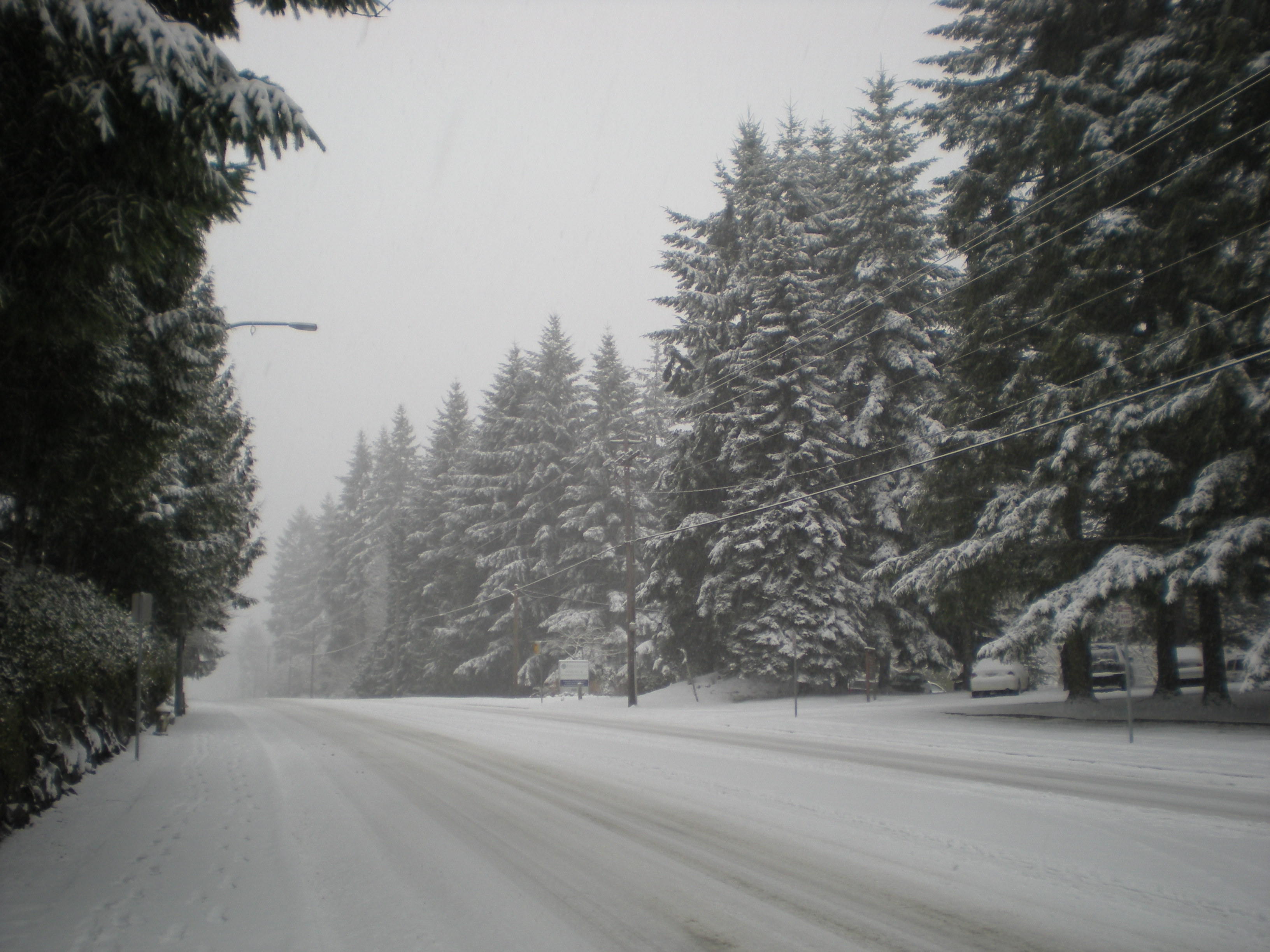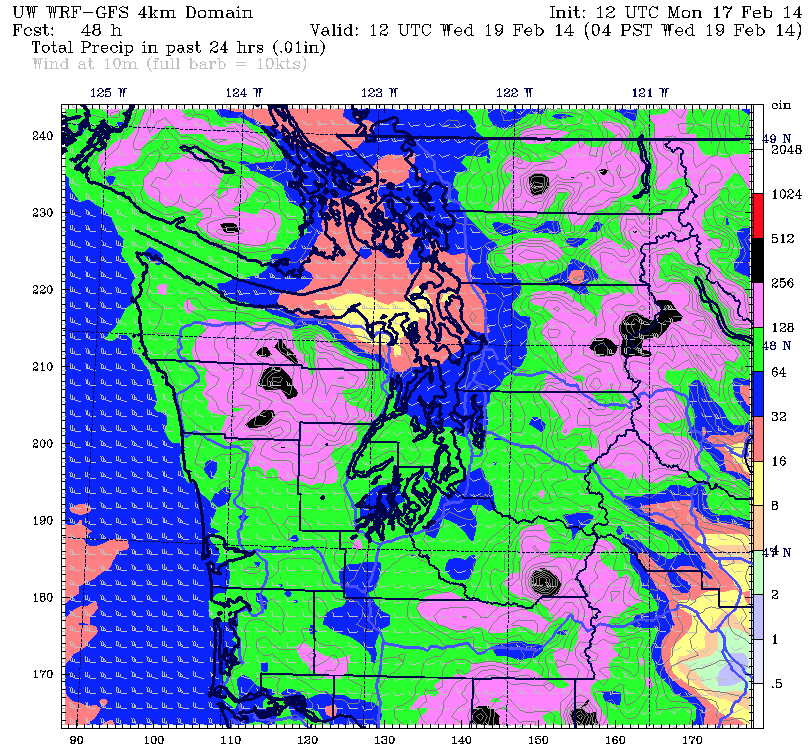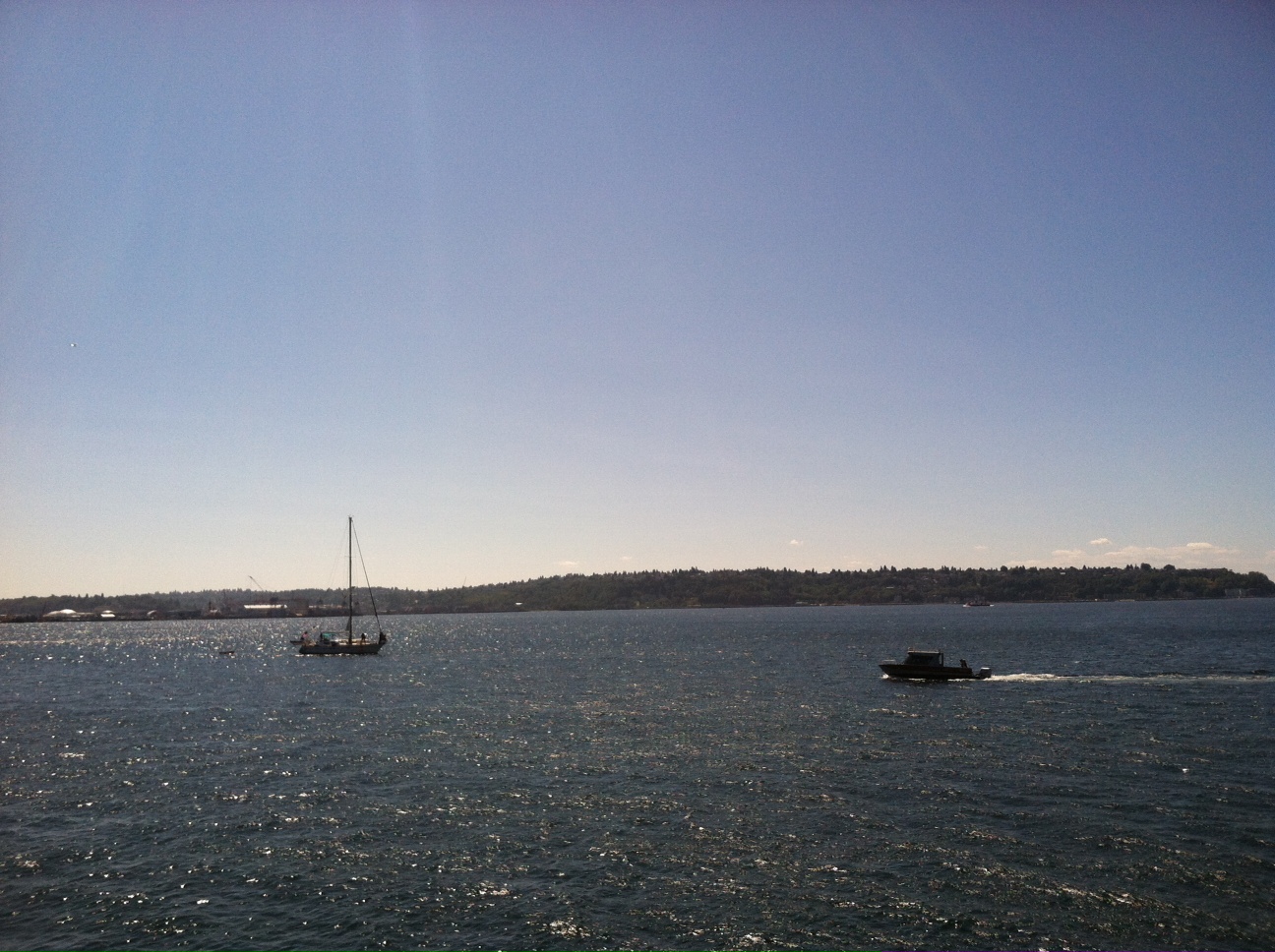Bleak, overcast skies have engulfed Seattle on several mornings in recent weeks, triggering moans and groans up and down Puget Sound. What’s the deal—how do all these clouds manage to swamp Seattle in the heart of summer?
The answer: the Chehalis Gap.
The Gap refers to the area of lower elevation between the Olympic Mountains to the north and the Willapa Hills to the south. This swath of land, stretching from Grays Harbor in the west to Lewis County in the east, surrounds the Chehalis River—hence the name.

During the summer, low-level clouds tend to form just off the Washington coast, as warm, moist air is chilled by the cold waters of the Pacific Ocean. Simultaneously, hot weather in Eastern Washington causes the pressure east of the Cascades to drop (since hot air is less dense than cold air).
The result? Higher pressure over the coastal waters (where it’s colder) and a bunch of clouds milling around. Because air flows from higher pressure to lower pressure, the clouds are usually sucked inland at the end of the day—through the path of least resistance, the Chehalis Gap. Due to its low terrain, the Gap acts as a passageway for the clouds, allowing them to move east much easier than they could if they tried to cross the Willapa Hills, let alone the Olympics.
If the difference in pressure is great enough, the clouds will run the length of the Gap and spread into the neighboring flatlands to the north and east—the area otherwise known as Puget Sound. This whole process—known in weather jargon as a marine push—can take a while, which is why it’s not uncommon for the clouds to arrive in Seattle as late as 6 or 7 a.m. (Thank you, Chehalis Gap, for funneling us the gunk right as the sun’s about to rise. It’s not like we wanted to start the day off with a little light or anything…)
To be fair, the clouds can also infiltrate Seattle via the Strait of Juan de Fuca, arriving in the city from the north. More often than not, though, clouds channeled through the Strait affect places north of Seattle, such as Everett, Whidbey Island and the San Juans. Only the Seattle and Tacoma areas are lucky enough to get their morning gray predominately from the Chehalis Gap.
At least now you know what to blame the next gloomy dawn on.





